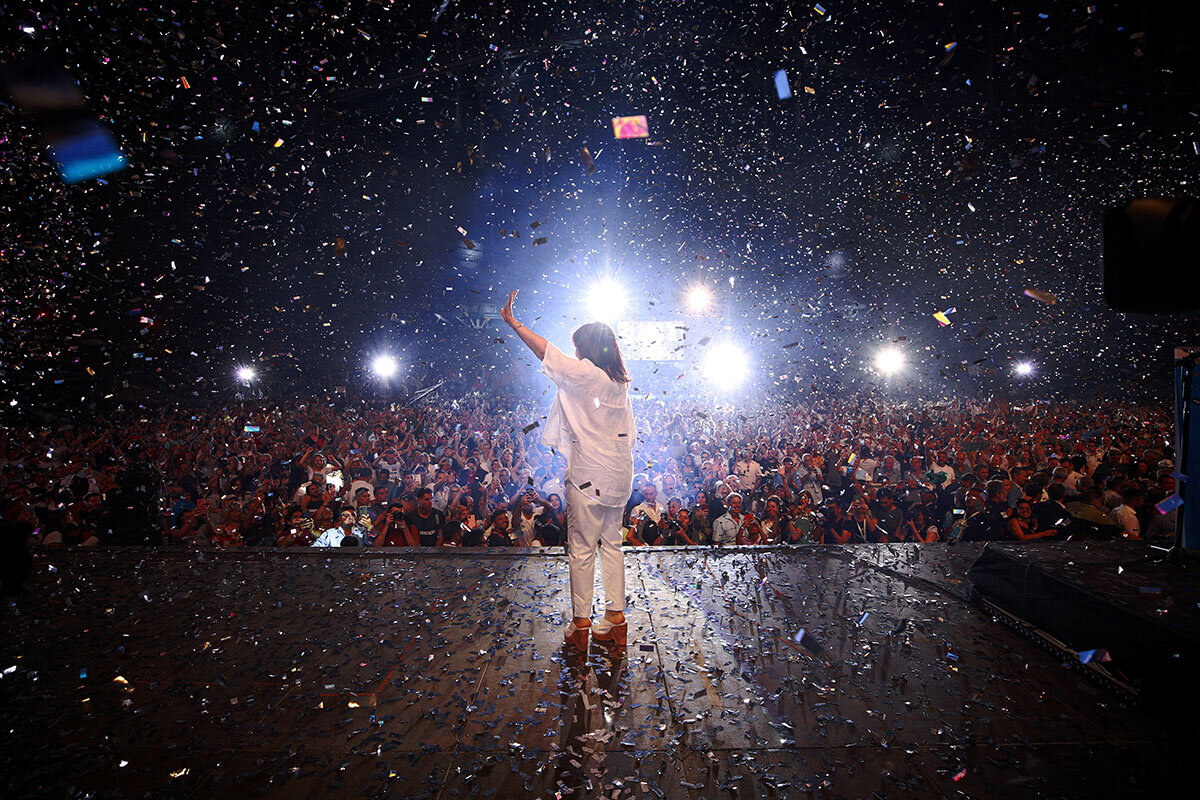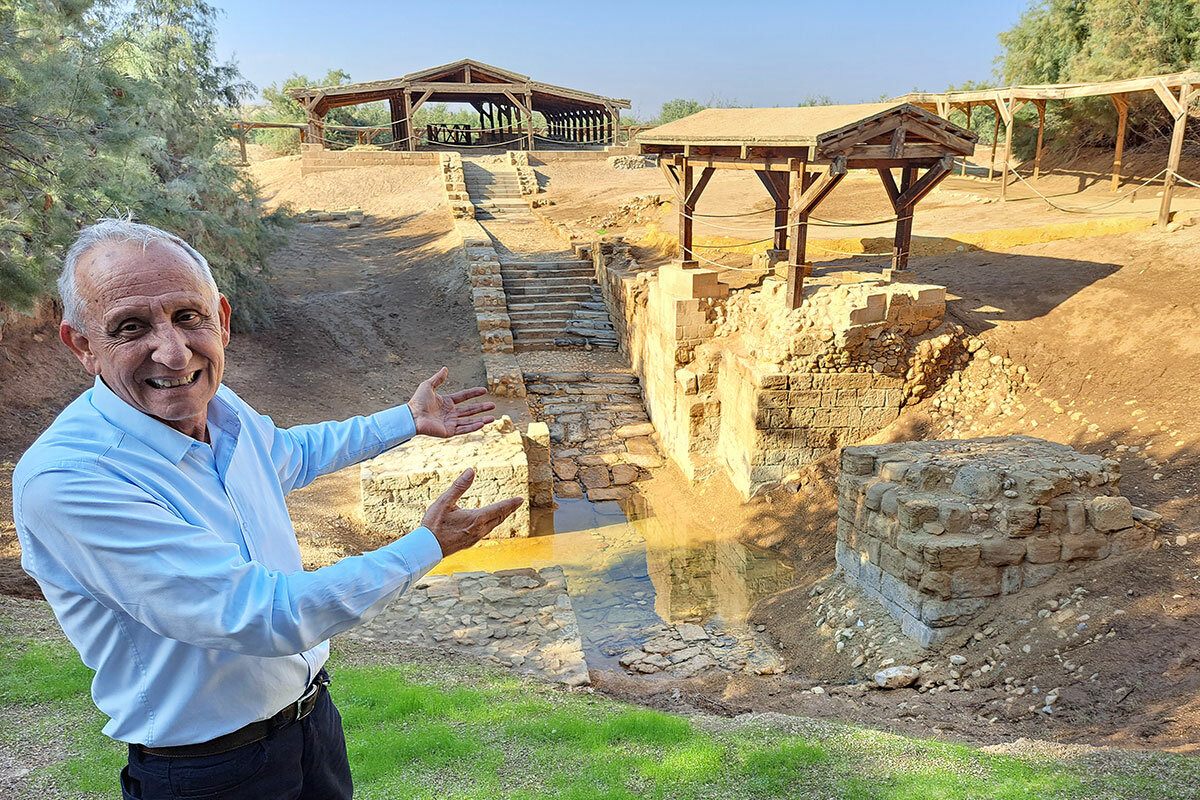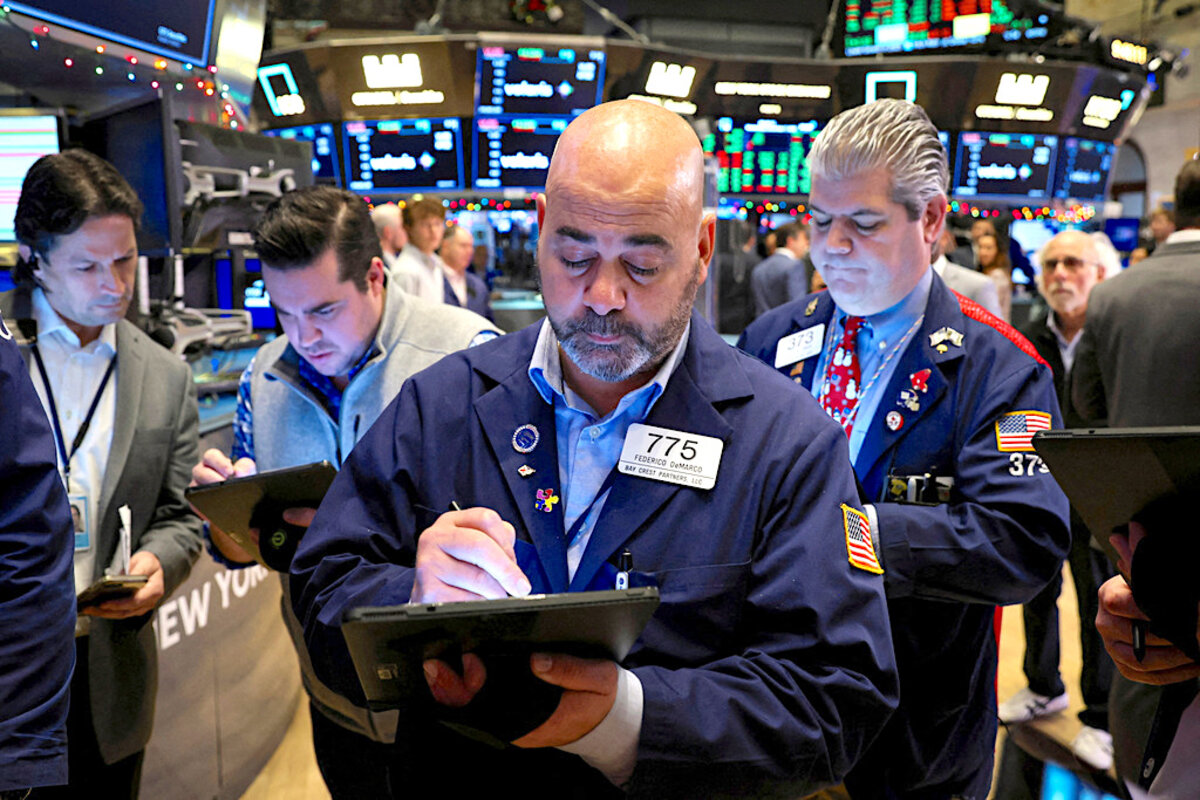China’s economic revitalization largely hinges on whether the government, which has long touted the dangers of COVID-19, can meet the test of a mass outbreak and assuage public anxieties as controls lift and cases rise.
Monitor Daily Podcast
- Follow us:
- Apple Podcasts
- Spotify
- RSS Feed
- Download
 Ali Martin
Ali Martin
“AI is starting to play an increasingly important role in journalism, as more and more news organizations are using it to improve their operations and deliver high-quality content to their audiences.”
A bot wrote that.
It was part of an online conversation I had with ChatGPT – a new artificial intelligence interface that launched two weeks ago, lighting up the Twittersphere and other forums where the future of humanity is debated.
Ask the interface to write about any topic in any style, and within seconds you’ll see the words forming. Some of the more creative requests have gone viral: One user asked it to write in a biblical style about how to remove a peanut butter sandwich from a VCR. The bot did not disappoint. It writes poetry, code, songs. Stories of any length come in a variety of languages.
The applications for journalism are obvious – and already in use. For years, news organizations have been exploring AI, lured by its ability to mine large amounts of data, which is especially helpful in financial and sports reporting. AI easily generates headlines, lists, weather stories – and, as language programming grows more sophisticated, articles that are indiscernible as tech.
Before you ask: The Monitor isn’t using AI.
But other well-known, widely trusted newsrooms are. Advocates say it maximizes dwindling newsroom resources by freeing up journalists to focus on the human aspects of the job: curiosity, critical thinking, judgment, nuance.
There are valid, serious, well-publicized concerns; workforce displacement, bias, and disinformation lead the pack. The bot seems to know that, too. It writes, “AI … could potentially change the way that information is created, distributed, and consumed. This could have far-reaching implications for democracy and the public’s access to reliable, accurate information.”
It’s right about that. But being right is different from being smart. Intelligence is still beyond any code or computer.











